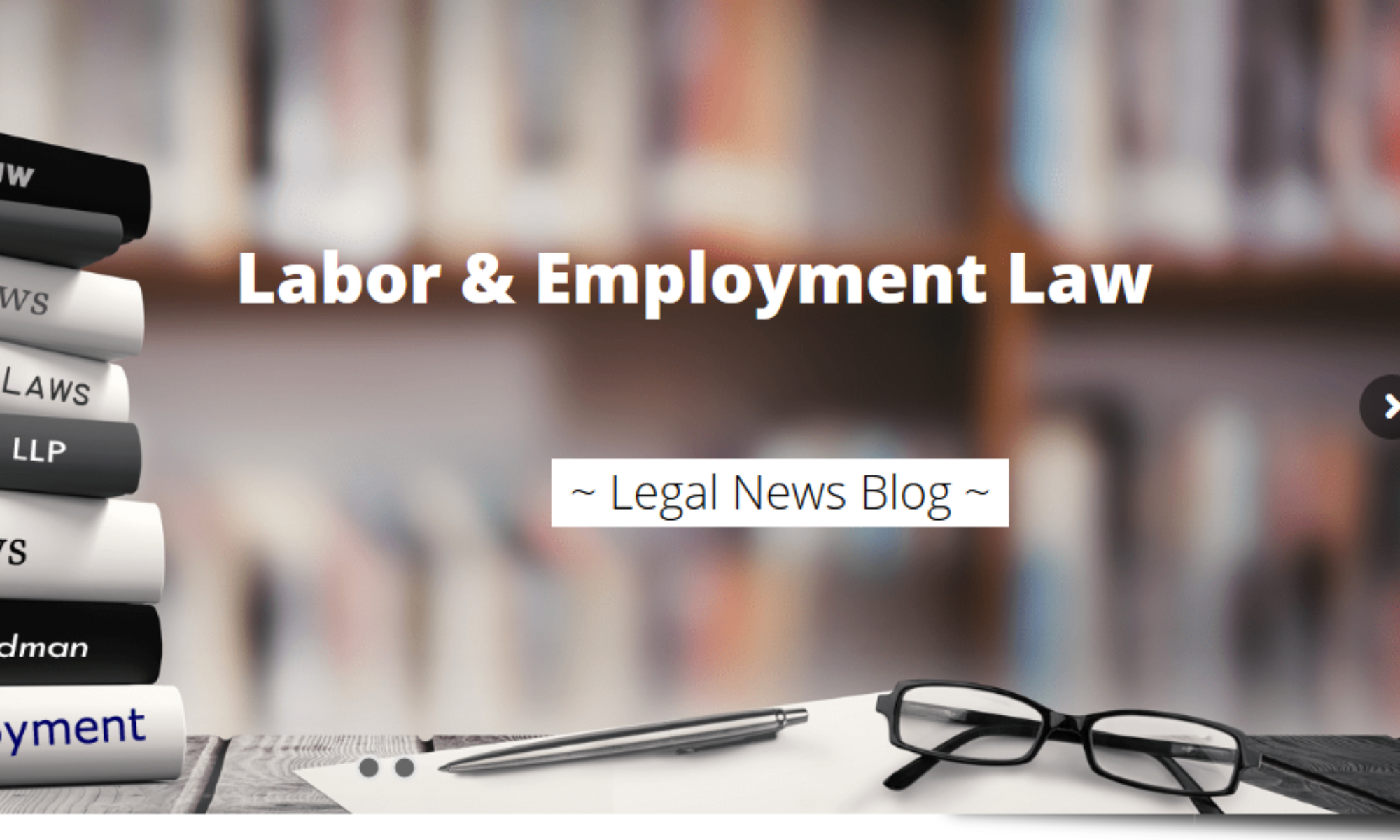Pay Discrimination at Google: A Case Study in Corporate Accountability
Google, one of the world’s most valuable companies, has faced mounting scrutiny over allegations of systematic pay discrimination against women and underrepresented minorities. Recent settlements totaling over $32 million expose deep-rooted inequality within the tech giant’s compensation practices, revealing patterns that extend far beyond isolated incidents.
The controversy centers on leaked internal salary data and federal investigations that uncovered significant disparities in how Google compensates employees based on gender and race. These cases highlight critical issues that HR professionals and employees across the tech industry must understand as they navigate an increasingly complex landscape of workplace equality.
Background: When Transparency Reveals Troubling Patterns
Google has long promoted itself as a leader in workplace transparency, publishing salary ranges for job postings and conducting internal pay equity reviews. However, leaked internal compensation data tells a different story. In 2023, an internal spreadsheet containing salary information from over 12,000 U.S. employees revealed substantial pay gaps that contradicted the company’s public commitments to equal pay.
The leaked data revealed that software engineers earned base salaries ranging from $100,000 to $718,000, with the highest-paid employees receiving additional compensation through unfair bonuses and unequal equity grants worth up to $1.5 million annually. While Google spokesperson Tamani Jayasinghe stated the company provides “top-of-market compensation,” the data suggested significant variations that raised questions about how compensation decisions were made.
Federal Investigation Uncovers Systematic Discrimination
In 2021, the U.S. Department of Labor’s Office of Federal Contract Compliance Programs (OFCCP) concluded a routine compliance evaluation that revealed disturbing patterns of pay discrimination at Google’s facilities in California and Washington. The investigation identified specific instances where female software engineers were systematically underpaid compared to their male counterparts in positions of equal responsibility.
The federal probe also uncovered hiring rate differences that disadvantaged female and Asian applicants for software engineering positions at Google’s San Francisco, Sunnyvale, and Kirkland locations. These findings suggested that discrimination extended beyond compensation into fundamental hiring practices, creating barriers for underrepresented groups seeking employment at the company.
“Pay discrimination remains a systemic problem,” stated OFCCP Director Jenny R. Yang. “Employers must conduct regular pay equity audits to ensure that their compensation systems promote equal opportunity.”
Major Settlements: $32 Million in Penalties
Google’s legal troubles resulted in two significant settlements that underscore the severity of the pay discrimination allegations.
Federal Settlement: $3.8 Million
The Department of Labor settlement required Google to pay $3,835,052 to resolve federal allegations, specifically:
- $1,353,052 in back pay and interest to 2,565 female employees in engineering positions who experienced pay discrimination
- $1,232,000 in back pay and interest to 1,757 female and 1,219 Asian applicants for software engineering positions who were not hired due to discriminatory practices
- A $1,250,000 cash reserve for pay-equity adjustments over five years for engineering employees at major facilities
Class Action Settlement: $28 Million
A separate class action lawsuit filed by former Google employee Ana Cantu resulted in a $28 million settlement in 2024. Cantu, who identifies as Mexican and racially Indigenous, alleged that Google paid diverse new hires less and placed them in lower-level positions compared to their White and Asian colleagues.
The lawsuit claimed Google’s practice of basing starting salaries on prior compensation perpetuated historical pay disparities based on race and ethnicity. This approach effectively transferred inequality from previous employers into Google’s compensation structure, creating a cycle of discrimination that violated the California Equal Pay Act.
Analysis: Implications for the Tech Industry
These settlements reveal critical weaknesses in how major tech companies approach pay equity, despite public commitments to diversity and inclusion. The cases demonstrate that even companies with sophisticated HR systems and substantial resources can perpetuate systematic discrimination through seemingly neutral policies.
The reliance on salary history for compensation decisions proved particularly problematic, as it embedded existing market inequities into Google’s pay structure. This practice has prompted many states, including California, to ban salary history inquiries during the hiring process.
The leaked pay data also highlights the power of transparency in exposing workplace inequality. Employee-led efforts to share compensation information played a crucial role in both legal cases, suggesting that pay secrecy policies may inadvertently protect discriminatory practices.
For HR professionals, these cases underscore the importance of conducting regular pay equity audits and engaging third-party experts to review compensation practices. The settlements also demonstrate that federal agencies continue to actively investigate and prosecute workplace discrimination, making compliance a business imperative rather than merely an ethical consideration.
Taking Action Against Pay Discrimination
Google’s $32 million in settlements serves as a stark reminder that pay discrimination remains pervasive in American workplaces, even within companies that publicly champion equality. The combination of federal investigations and employee-led transparency efforts created accountability that resulted in significant financial consequences and policy changes.
For employees who suspect they are experiencing pay discrimination based on gender, race, or other protected characteristics, these cases demonstrate that legal remedies are available. The complexity of proving systematic discrimination requires experienced legal representation capable of analyzing compensation data and navigating federal employment law.
If you believe you are facing pay discrimination or other workplace inequality, consulting with a qualified pay discrimination attorney can help you understand your rights and options for seeking justice. The Google settlements prove that even the most powerful employers can be held accountable when they fail to provide equal pay for equal work.


